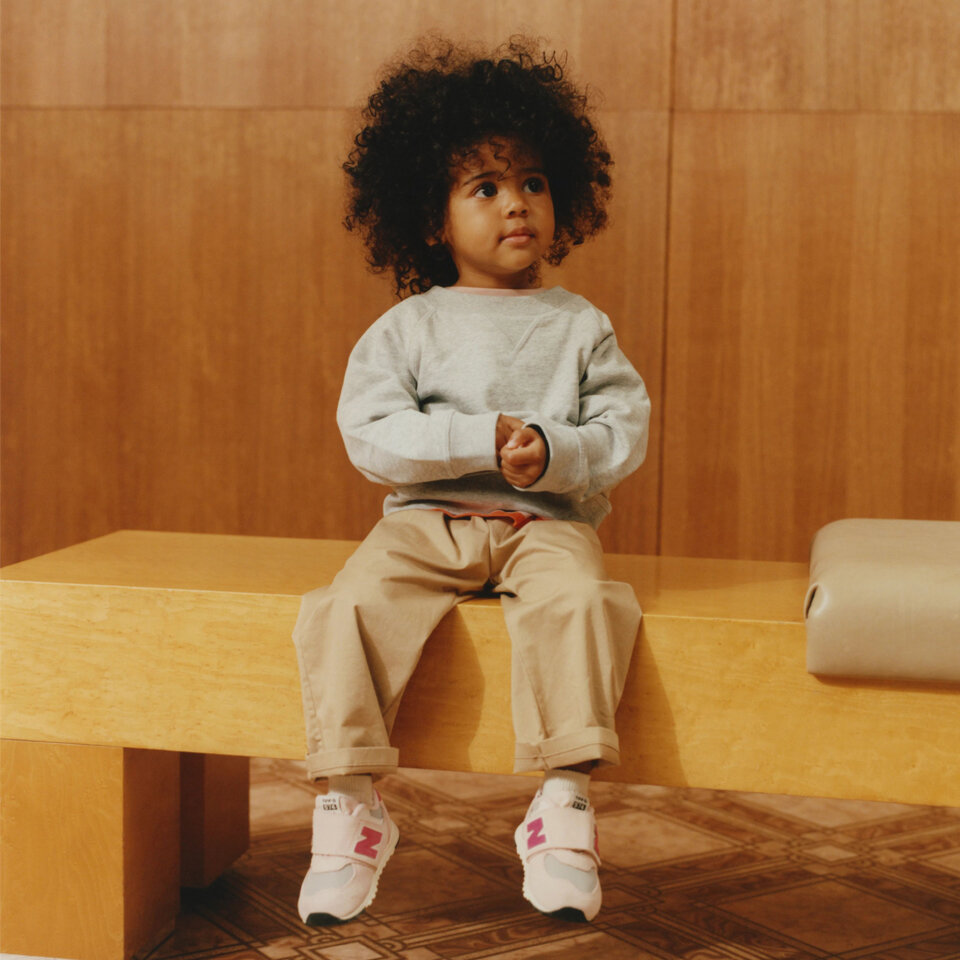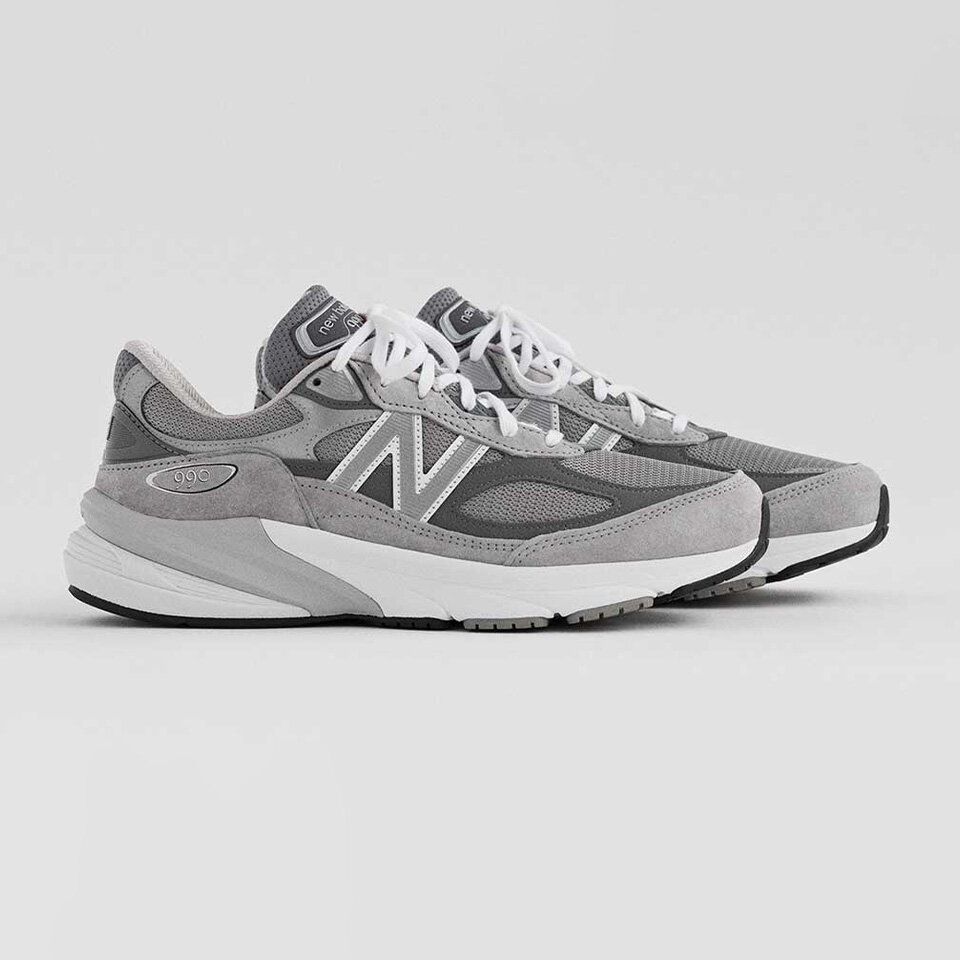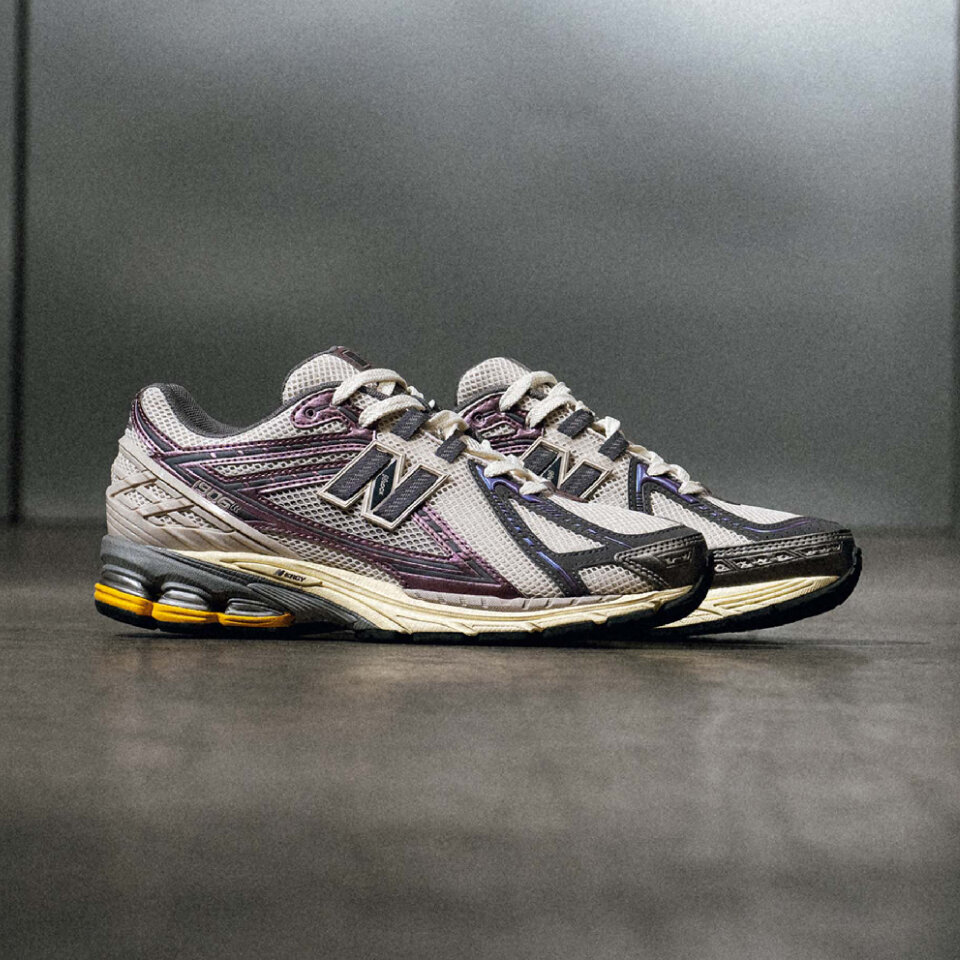-
Türkçe
End of Season Sale
Enjoy Shopping
Popular Searches
Search New Balance
Recommendations For You
-
Customer Relations
-
About UsCorporate
-
Contact Us
About Us
The story of New Balance begins in Boston in 1906 with the opening of a small factory by an English immigrant named William J. Riley, who produced foot supports and insoles with a particular focus on workers forced to stand for several hours a day. Since the day it started producing insoles for the comfort of people who work standing all day, New Balance has aimed to meet the daily needs of athletes. Part of producing premium shoes and sportswear is manufacturing to fit every size and shape. A better fit enables better performance.
Our Heritage
In 1906, an English inventor in Boston, Massachusetts, set out to improve footwear performance for those on their feet all day. William J. Riley was inspired by the perfect balance exhibited by chickens in his yard. His first product, a flexible arch support, was designed with three points of support in the shape of a triangle. By mimicking a chicken's clawed foot, these three points created greater balance and comfort. With this invention, a new company, New Balance Arch, was born.
In 1938, Riley designed the first running shoe for Boston's local running club known as the Boston Brown Bag Harriers. The success of this shoe quickly escalated. With the launch of the Trackster in 1960, New Balance began a new direction in shoe manufacturing. In 1961, the Trackster became the first New Balance shoe to cross a marathon finish line. Introduced in multiple widths in 1960, it epitomized performance and style. Over the years, New Balance has turned into a leading global sports goods company with the design of iconic models such as the 574 and 990.
Today, all New Balance models are subject to a numbering system created by Arthur Heckler. Heckler created this system to prevent customers from becoming emotionally or ideologically attached to the names of the shoes. Instead, customers would concentrate on the benefits of the shoes for their requirements. This idea is still supported by the company, which still numbers its updated models.





